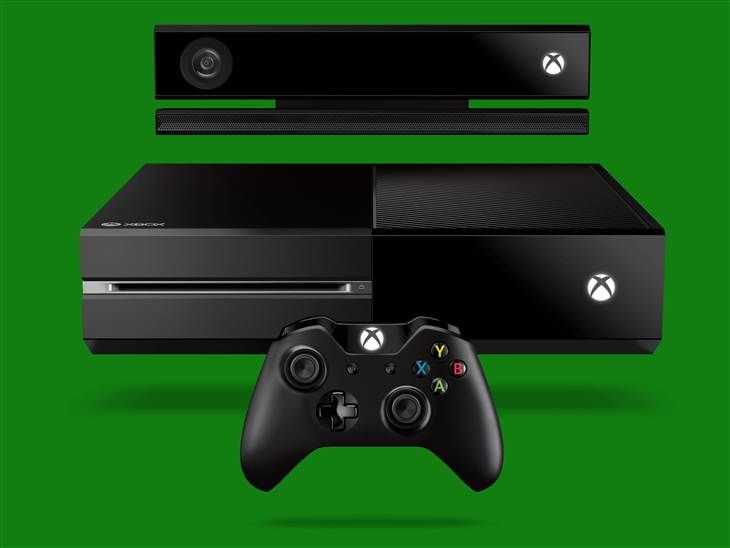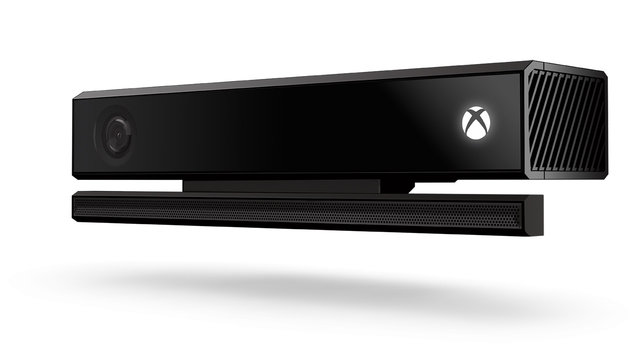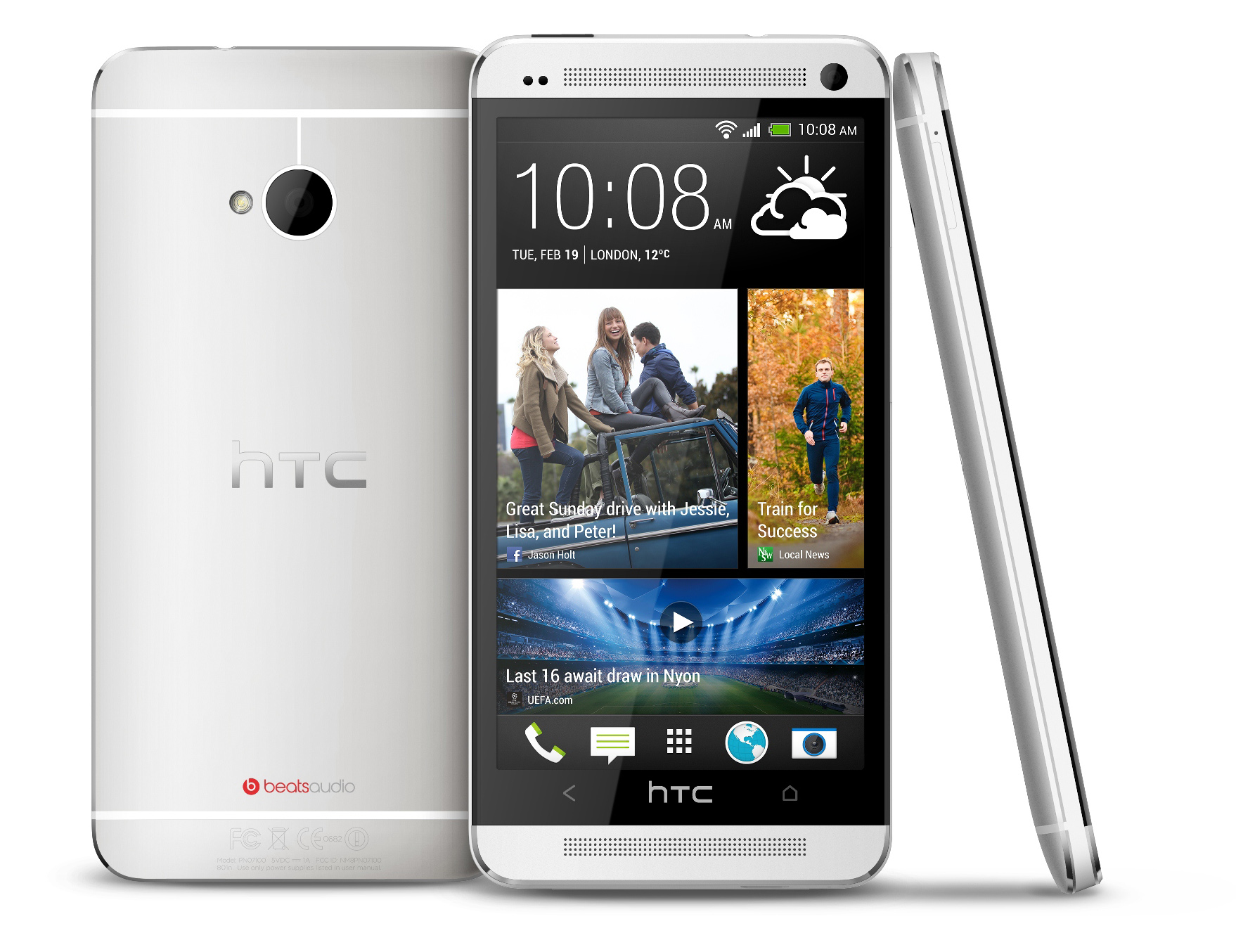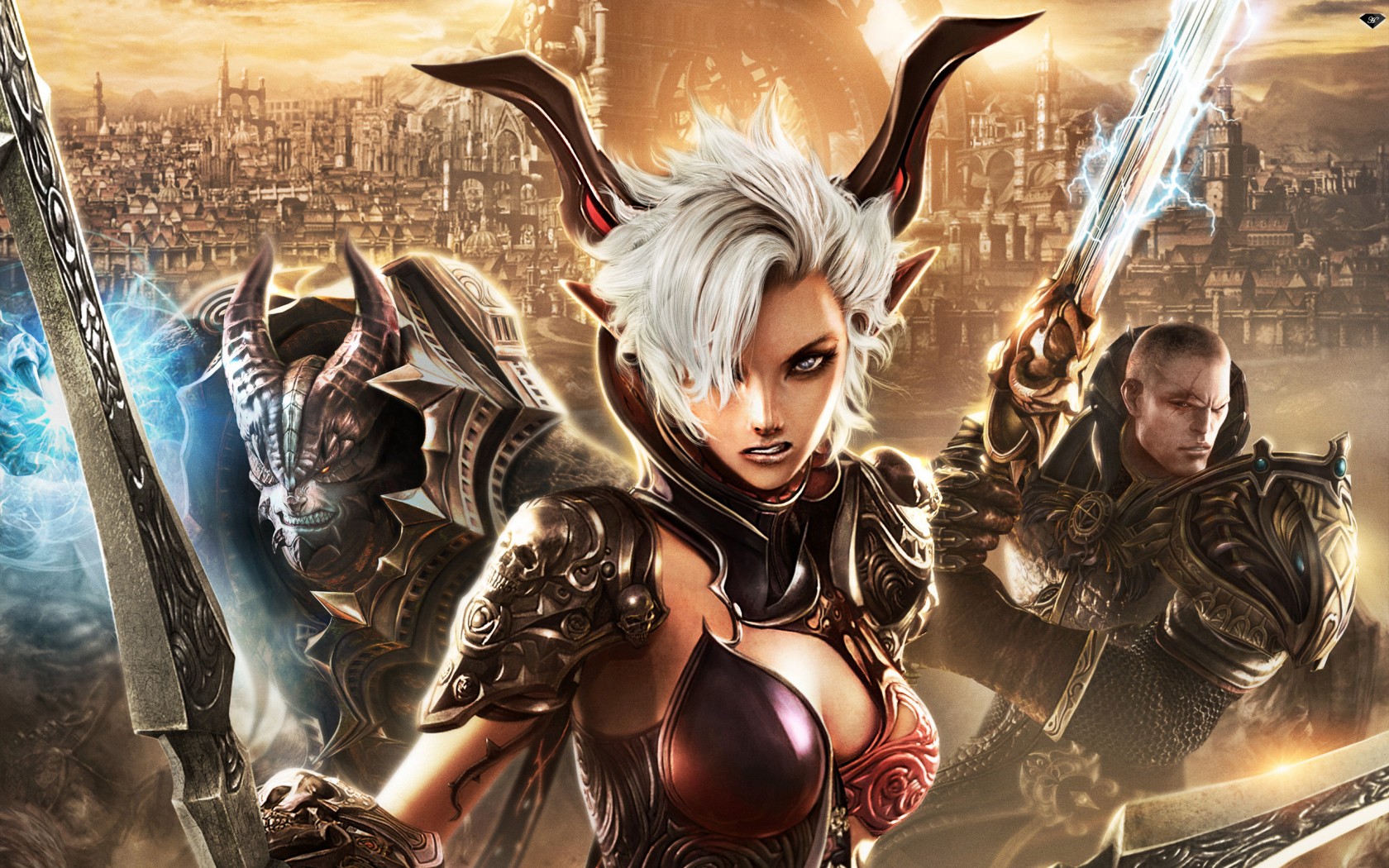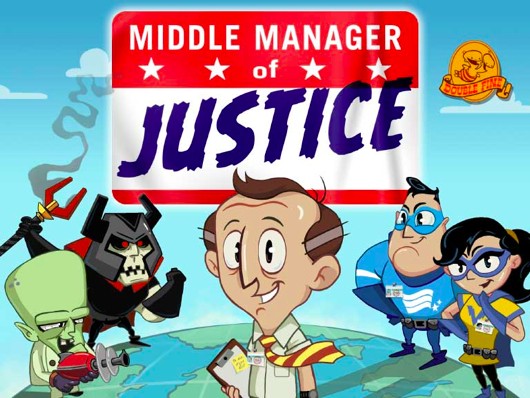Sony Computer Entertainment of America’s brand marketing head, senior vice president Guy Longworth, sat down with the [a]list daily at E3 to describe Sony’s marketing plans for the fall. It’s a difficult challenge ahead, trying to launch the PlayStation 4 while also increasing sales on the older PlayStation 3 and the PS Vita. How does Sony plan to market the PS4
“The PlayStation brand has been a brand that’s always been a little bit of an edgy brand,” Longworth said. “It’s done some phenomenal advertising. Look at our reel over the years, not everything’s been perfect — there’s been some horrors in there — but there’s been some great stuff, too. We just launched our new campaign today — ‘Greatness Awaits,’ it’s a 90-second spot {link no longer active} — which is truly epic. It dramatizes the greatness that gamers can achieve playing games on PlayStation. Those heroic moments that people truly love, it’s so epic.”
Sony’s ‘Michael’ ad reached a different emotional spot in the viewer than the typical game ad, but Sony has since changed to a new agency (Bartle Bogle Hegarty) for its new ads. “When I saw our spot, I was totally and absolutely blown away,” Longworth said. “I was cautiously optimistic it was going to be well-received and really make a deep emotional connection to games. We’ve been working on it for a year. We did a ton of work to really understand the gaming community, their relationship with PlayStation, the tone of voice. We went to pitch and BBH came up with this line, ‘Greatness Awaits’ and then created this campaign. It’s a long-term campaign for us, and this launch spot is truly epic, but you just never really know until it gets out there. We haven’t even launched on TV yet, and we’ve got 250,000 views on YouTube [it’s now over 1 million views — Ed.].”

This is the new campaign theme for Sony’s PlayStation brand, and it premiered at E3. “Greatness Awaits is the line, and right outside the front door of E3 right now is the sign Greatness Awaits,” Longworth said. “We think it beautifully articulates what awaits you if you come to the PlayStation platform. You can achieve your greatness, you can be an NBA star, you can be a football star, you can kill dragons, you can go on adventures — you can be a hero. You can live your dreams when you’re playing games. Gamers are so passionate, they love this stuff so much, we really wanted to make an emotional connection and help them understand that we really care about them and everything we do is laser-focused on meeting their needs.”
Longworth was cautious about characterizing Sony’s marketing spend for the campaign. “Other people might have more hard cash, but it’s not just about paid-for media any more,” Longworth said. “The owned media channels that we have are incredibly significant. The earned media that we can get is huge, and the sharing that goes on there is very significant.”
Longworth gave an example of how earned media can perform for Sony. “We did this little 22-second video clip which they knocked up over the weekend, which basically set out our used games policy,” he said. “We were kind of debating whether to put it into the press conference but we decided not to. After the press conference Adam and Shu tweeted it out; that was all we did. It got 3 million views in less than 24 hours.”
Despite the efficiency of earned media, Sony won’t be neglecting other channels. “We will be using all the channels of media that we have, and we will be investing heavily in paid-for media,” Longworth said. “But we’re also very fortunate in this day and age with the connected consumer to be able to leverage the phenomenal affinity with our brand. We have 35 million Facebook fans. The video we launched after the New York press event, we had 25 million views in a week and we’ve added another four million views since. These are unheard of numbers for a marketer like me, and I’ve worked on some big brands and some big companies. It’s humbling to be part of a team that is responsible for managing this brand and making sure we have the right products and services and that we continue to build this brand. I’m convinced our best days are ahead. I’m absolutely convinced in my mind that this brand’s going to go from strength to strength.”
The PlayStation Plus service and its continuity with the PS4 (and to the PS3 and PS Vita) was an important part of Sony’s announcement. It seems like an important part of the value package. “It very much is, it’s a critical part of our value proposition, it’s a critical part of our business frankly, and it’s a business that’s doing extremely well,” said Longworth. “We relaunched it last year as the Instant Game Collection, and offered gamers for 50 bucks a year an incredible range of games to play. We launched this onto PS Vita as well and that’s been incredibly well-received. We don’t see why we should charge people twice for a service that is really about allowing you to access great content and allowing you to experience everything that PlayStation has to offer. That’s why decided to extend it, and we’re not putting the price up, either, it’ll still be $50.”
The one part of the revised PlayStation Plus that generated some pushback was that if you want multiplayer experiences you will have to be a PlayStation Plus member. Longworth acknowledged the concern, but feels it’s justified. “We’re significantly upgrading our networked services,” Longworth explained. It’s a massive upgrade and all the things that gamers have been asking for are coming, and we feel that now with the overall value proposition that it’s OK for us to do that. It’s not just multiplayer, there’s a whole bunch of other things that we are offering.”
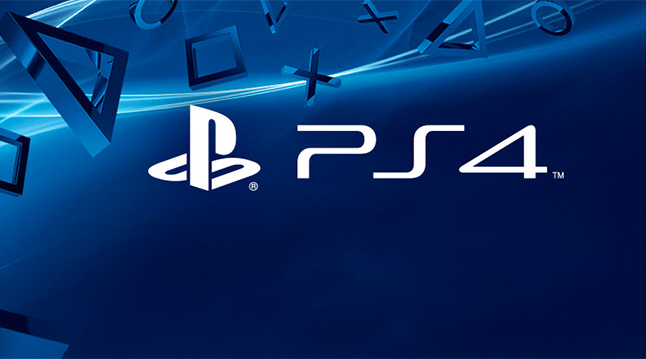
The PlayStation Plus edition of DriveClub was a surprise to a lot of people, judging from the crowd’s reaction at the announcement. “We want to demonstrate the value of the new platform, and we think that DriveClub demonstrates the social connected features almost better than any other game,” Longworth said. “The ability to race in teams, to create your own teams, to create the communities around it — we think that’s a great trial strategy for that game, because it’s a slightly pared down version of the original game so we think it’s a great trial strategy. It shows off our platform at its best, and that’s what we wanted to do.”
Putting out a free version of DriveClub points in the direction that Sony Online Entertainment has already taken, with free-to-play games that have the potential to sell virtual goods down the road. This business model has been successful on other platforms, and it looks like Sony is setting themselves up to try this more widely on PlayStation 4 if it’s successful. “Absolutely,” agreed Longworth. He also pointed out Sony’s support for indie developers in addition to new business models. “We’re huge supporters of the indies, they self-publish on our platform. It’s a differentiator. You saw again last night some incredible content from from some incredibly talented people.”
The up side for marketing is social media can amplify your message, but that can also be a downside if you make a misstep. The range of marketing channels also requires more creativity and effort to get the right messaging to the right places, and Longworth has a plan for that. “We very much have an integrated marketing communication approach,” Longworth explained. “We look at all different channels. The reality is that we don’t control the message any more. The community controls the message. What we can do is give our point of view on things.”
“I think the critical thing is to be authentic, to be true to who you are and what your values are, more than ever,” Longworth continued. “Any time you are not true to your values, not true to your identity, especially in an industry like ours you’re going to get absolutely nailed. They will literally call you, and they’ll email, and they’ll send you letters and come and stand outside your offices if need be. There’s no question we’re very, very conscious that this is a huge industry and people are passionate about it. What’s the right thing for gamers… That’s what I tell my team: Don’t come to me for a decision, ask yourself ‘What’s the right thing for gamers ‘ and that’s probably the right thing to do.”
Longworth puts the philosophy into perspective. “Obviously we’re a commercial organization and we have to pay the bills,” Longworth said. “If we want to keep delivering immersive experiences to gamers over time then we need to make some money. I think people understand that trade-off; we’re not a charity. But at the same time, if we really are laser-focused on understanding our gamers and understanding their needs and meeting and exceeding those needs, we think we’ll be successful for a long time to come.”
Read more of what Guy Longworth had to say on GamesIndustry International.
